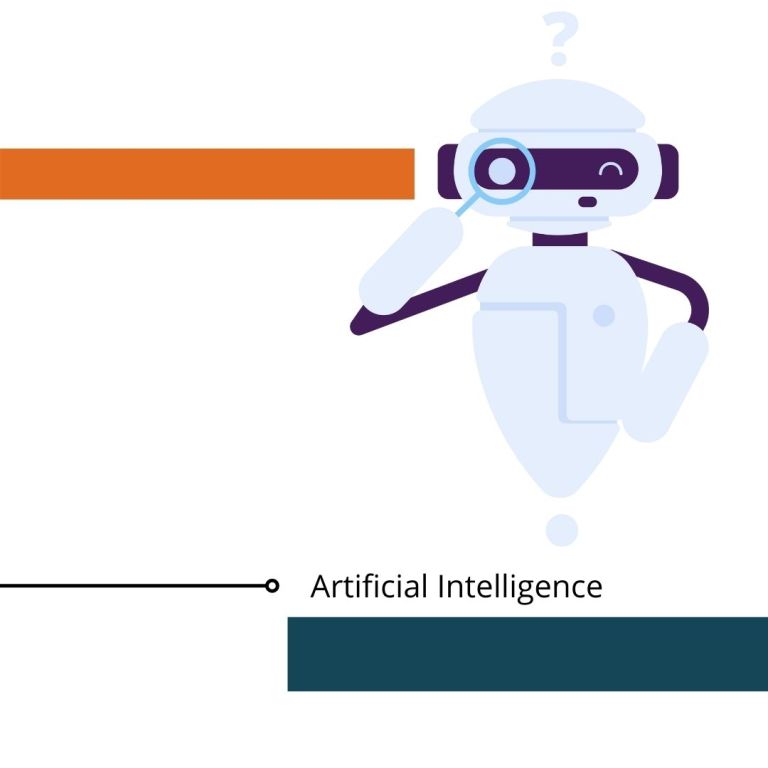As per industry estimates, the articulated robot’s market share is in the low digit range. KUKA is placed in the third position following Fanuc and ABB. KUKA is almost at the level of Yaskawa.
KUKA saw a sudden fall in their sales, with the bottom line and a loss of 95 million euros due to Corona and home-based problems. However, the company saw a major shift in its sales as well as proving the market worth of its position.
By 28 percent the sale rose to 3.3 billion euros with an operating margin that was still low at 1.9 percent.
The trend of coming back for KUKA continues with sales increasing by 18 percent in the first quarter to 853 million euros.
The operating profit also improved from 8 to 19 million euros.
As per CEO Peter Mohnen, KUKA, “ We have managed the turnaround and want to continue to gain significant market shares.”
Once the Midea group from China took over KUKA. The CEO mentioned, “We had to innovate faster and involve customers in the development process much faster.”
The one issue that he mentioned is that KUKA launching collaborative robots was too early for the company to jump into a market that is too expensive, too heavy, and complicated to operate. The complexity of the cobots to operate in complex requirements as per the customer needs was underestimated and needed more experience.
The key improvement in the KUKA’s financial scenario in Q1 2022 with
- 1,260 incoming orders, +42%.
- Sales order increases to 833, +18%
- Earnings of 19 Mio Euros, +100%
#KUKA Know-How in #systems #engineering!
— KUKA (@KUKAGlobal) July 16, 2022
Proven standard components where possible, customized special developments where necessary – that is the KUKA principle for cost-effective and technically efficient #systemsengineering for the automotive industry.
👉https://t.co/ZzAS1XagWi pic.twitter.com/SURLboa6wg
The market competition in Cobots between ABB, KUKA, and Universal Robots is providing various new types of robots. Universal Robots, the pioneered leader in cobots are focusing on building larger collaborative robots whereas ABB and KUKA are into small cobots.
The CEO of KUKA is well assured of KUKA’s role in cobots, “We will catch up.”
The lightweight robot iisy by KUKA is also the talk of the town.
As per KUKA, “The LBR iisy cobot experience is user-friendly, well-thought-out, and straightforward for a wide range of industries with applications that require precise, fast, and sensitive activities.”
“Whether in electronics, packaging or general industrial usage, at enterprise-scale or in small companies – its low weight, industrial design, small footprint, integrated sensors and straightforward, intuitive implementation make it a flexible helper that’s quick to get into production.”
Nevertheless in the competition scenario, the good news of having standardized programming to become a model in a uniform operating system with simple programming.
The global robot sales also rose by 27% to 487,000 deliveries. As per Susanne Bieller, Secretary General of the World Industry Association IFR, “There is now a massive investment in automation.”
The main reasons to adopt robots and benefit the robot industry are:-
- Supported during corona pandemic to keep the continue the production
- Sorting out the supply chain problems
- Shortage of skilled workers
- High wage costs
Modular and fully automated #battery module production line at @ElringKlingerAG 🔋 Flexibility in the battery production! #KUKA 🧡developed the fully #automated production line for the production of battery modules.https://t.co/hn9u4FMZ27#automation #automotive #emobility pic.twitter.com/qHlrcB9oVK
— KUKA (@KUKAGlobal) July 18, 2022
In my opinion, the cobot market should be the best for the Indian production line or supply chain. The benefit of the cobots is to be able to work with the workers as well as customize or application-oriented support to solve any problem.
The place for industrial robots nobody can take but cobots being the current trend can benefit the Indian market as well.
Source:- Handelsblatt

